CozyBag tested in the China wilderness
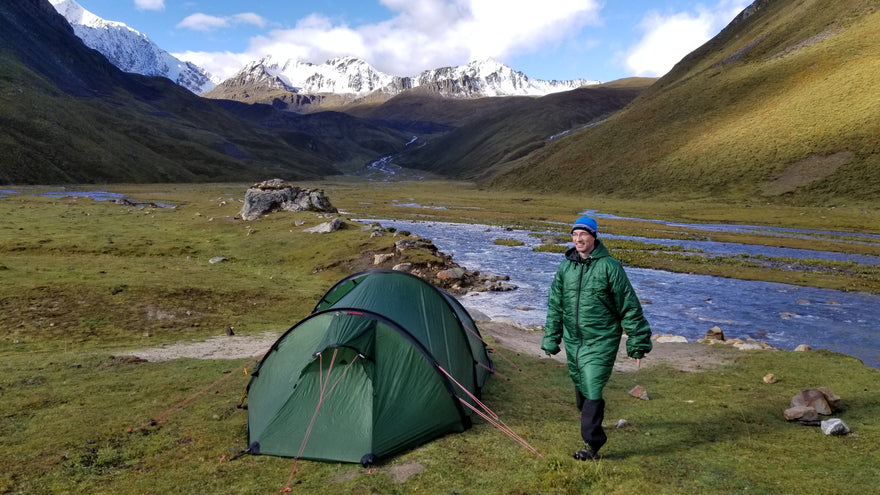
This September we ventured into the wild mountains of western China, between Chengdu and the Tibetan plateau. Impressive peaks over 6000 m are surrounded by deep valleys with lush forests, and our goal was to see one of the holy mountains of Tibetan mythology, the 7556 m Minya Gonga. We planned our route along the western slopes of the massive group of peaks, 25 of them over 6000 m high, which involves an 8-day trek and a 4800 m pass to cross.
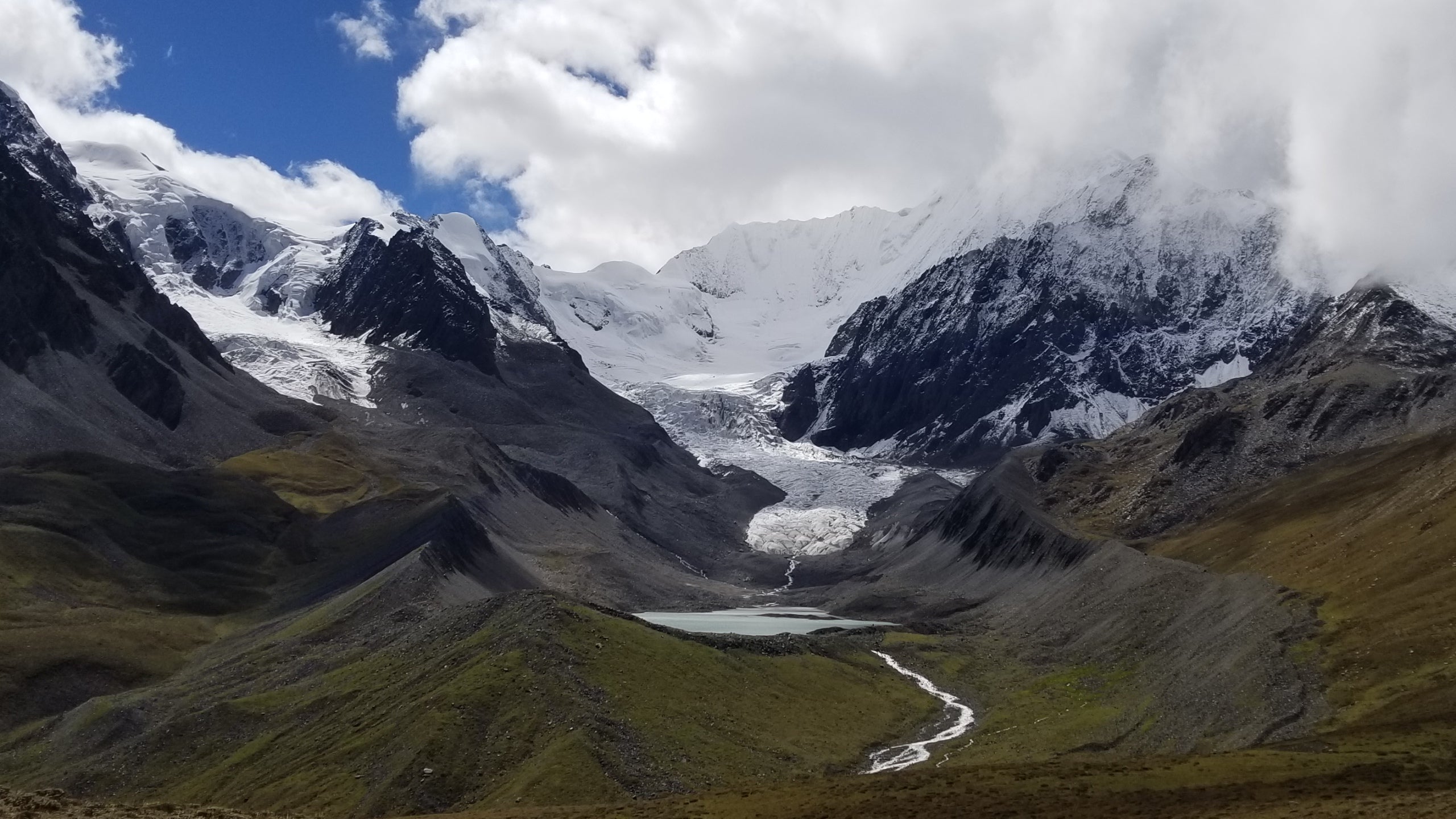
We had horses to carry all food and equipment and got already pinned down on the first days by heavy rain and even snow. Luckily the weather got better later, so that we could enjoy the panorama. We slept in the tent with our CozyBag Wilderness, which allowed us to keep our hands free and to easily rush out for the toilet breaks. The temperatures went down to near zero, but they kept us warm, also in the morning until breakfast.
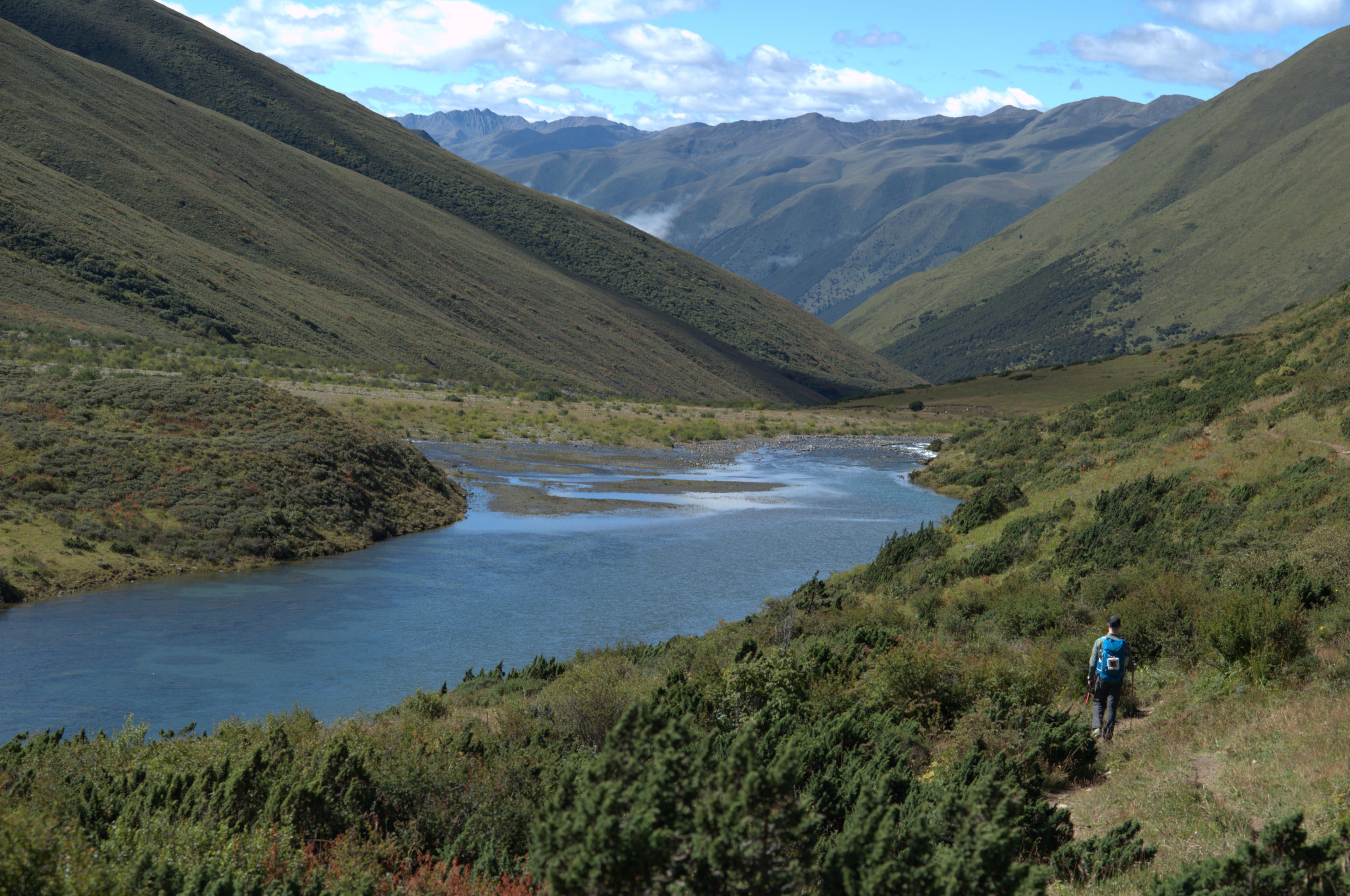
Our SolarLantern proved very useful too, with its long-lasting light for the evenings in the tent and the option to charge our mobile and camera batteries. During the day I just strapped it onto my backpack to recharge it in the sun. Multifunctional and practical, you just blow it up as a cube to use it as a lamp and deflate it to pack it flat for the day.
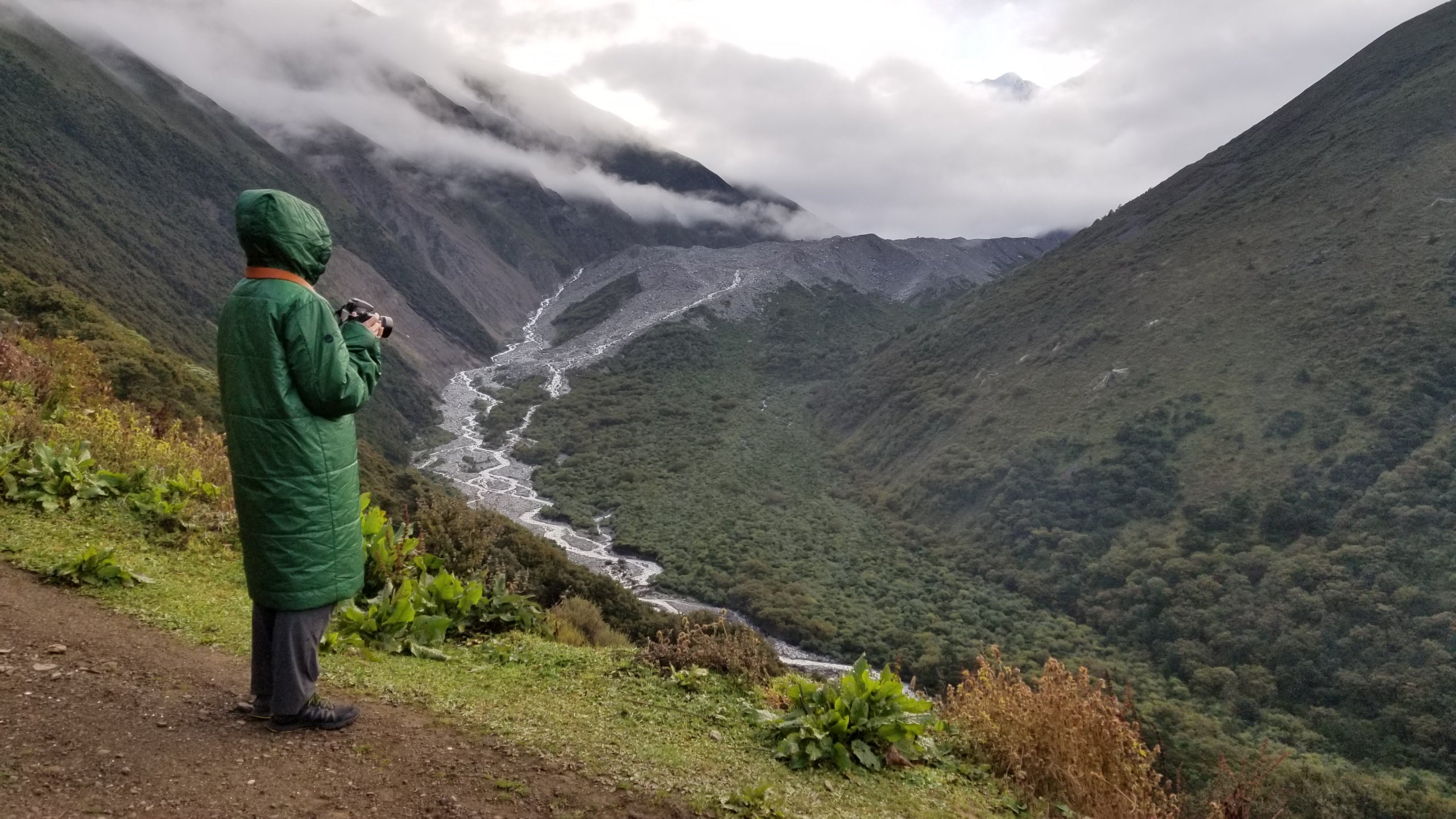
Once arrived at the glacier of Minya Gonga we only saw a wall of fog and clouds. The clearest views will be in the early morning and here again the CozyBag Wilderness came in handy. It allowed us to get in and out quickly from the tent, to check the view every half hour from 4am and to wait in the morning chill without feeling cold.
Eventually the fog cleared, and we were rewarded with the great views and photos we had come for.
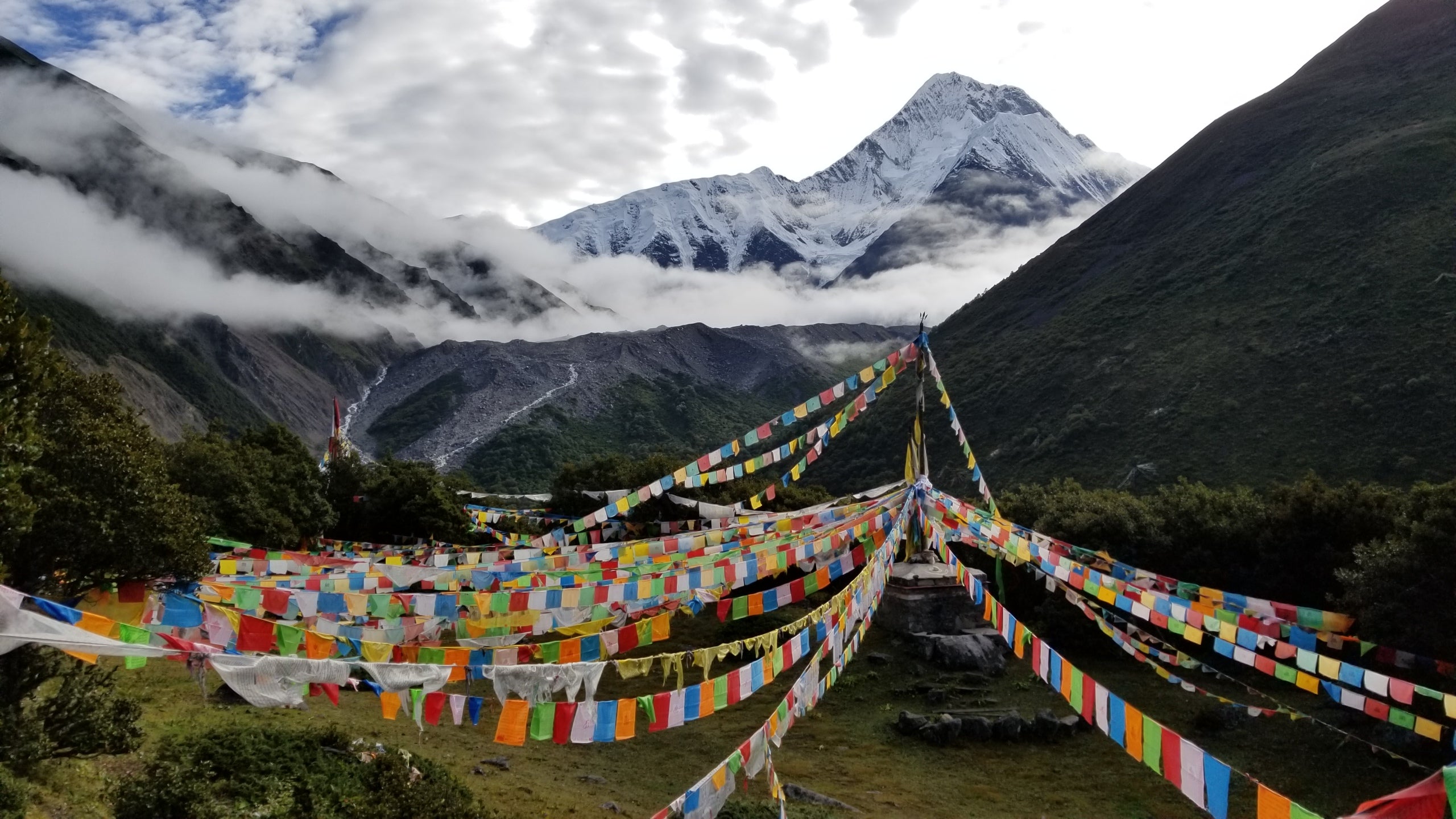
Also in News
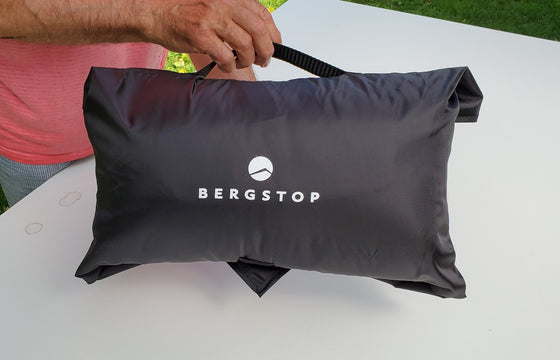
RollSack - innovative packsack for sleeping bags
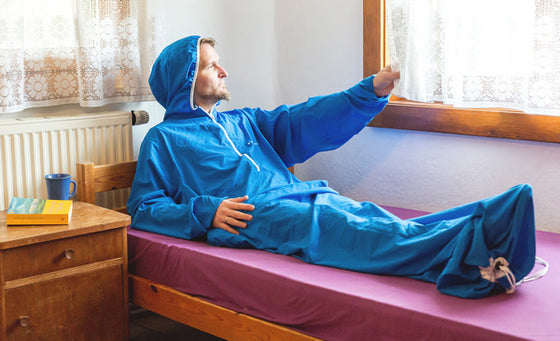
Was ist ein Huettenschlafsack?
Klar, ein Hüttenschlafsack ist ein Sack um in Hütten zu schlafen. Aber was zählt als Hüttenschlafsack? Das erklären wir hier in diesem Blogbeitrag.

